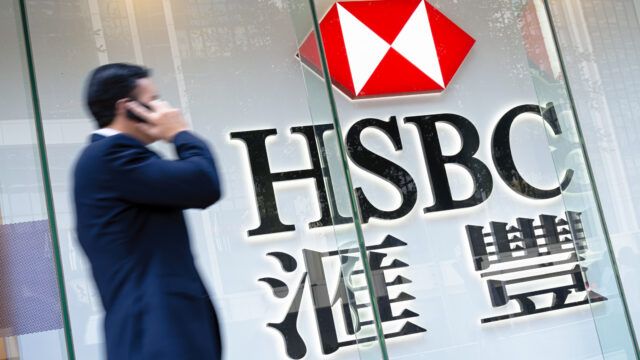In the months before US tariff policy shocked financial markets, European investor interest towards India and China was building up, while Asian investors were looking to diversify out of the US towards Europe.
This is according to HSBC AM Global CIO Xavier Baraton, who told FSA in an interview that he believes many investors are still under allocated to India and China.
“Of course, early birds have already started to allocate, but for the most part investors are yet to reallocate to China and India,” he said.
Genuine investor interest started to show up before US tariff policy was announced, according to Baraton, who suggested that European investors might be in the early stages of considering deploying capital to the two countries.
“We undertake a handful of roadshows every year in Europe and the latest one in February was the best attended one by far,” he said. “There was a lot of interest and a lot of relatively actionable questions.”
HSBC AM has held a positive stance on Asian equity markets, including China and India, for some time now, a view that only a handful of Western asset managers have begun to come around to.
On China specifically, Baraton reiterated that China is investable, but only a fraction of long-term asset owners in North America share this view. And some European ones, in the Nordics notably, are still on the sidelines.
“For the most part investors are seeing the opportunity and building their comfort in supporting it,” he explained.
Chinese equity markets rallied significantly late last year but the latest tariff conflict with the US has put a lid on recent gains.
The rally in Chinese stocks coincided with a bear market in Indian stocks, which until September, was one of the best performing equity markets globally.

Baraton said the recent sell-off in India may present an entry point for investors, a view echoed by AllianzGI’s Gupta.
“The market has given some of its outstanding returns back with some decompression and revaluations despite earnings,” Baraton said.
“Now the multiples are back to 20 times, which is close to the 20-year historical lows, and we see the fundamental story for India remaining largely intact.”
India was once seen by some investors as an alternative allocation to China, and some connected the peak of India’s stock market in September to the boom in Chinese stocks when local authorities announced sweeping stimulus measures at roughly the same time.
But Baraton suggested the timing was more likely a coincidence and that investors don’t need to choose between the two. He thinks that both will benefit from an investor rotation out of US stocks.
Asia investors bullish Europe
While European investors are starting to become more interested in Asian assets, the reverse is also happening: Asian investors are warming up to European assets.
Baraton said: “For the first time in maybe a decade, I’ve had a lot of discussions around the European context.”
“For many Asian investors, Europe was complex to understand as a political structure, and harder to predict in terms of cohesion and direction,” he said.
“But one thing they observe, a view we certainly share, is that Europe’s cohesion is a function of the potential external threat to Europe itself.”
Many investors in Asia have therefore started to express interest in allocating to Europe, Baraton said.
Investors have asked how they can maintain exposure to developed markets to counterbalance their natural exposure to Asian assets.
This has translated into an investment appetite from Asian investors seeking to “understand the context, appreciate the value opportunity, as well as the more cohesive political and budgetary agenda in Europe,” he said.

















